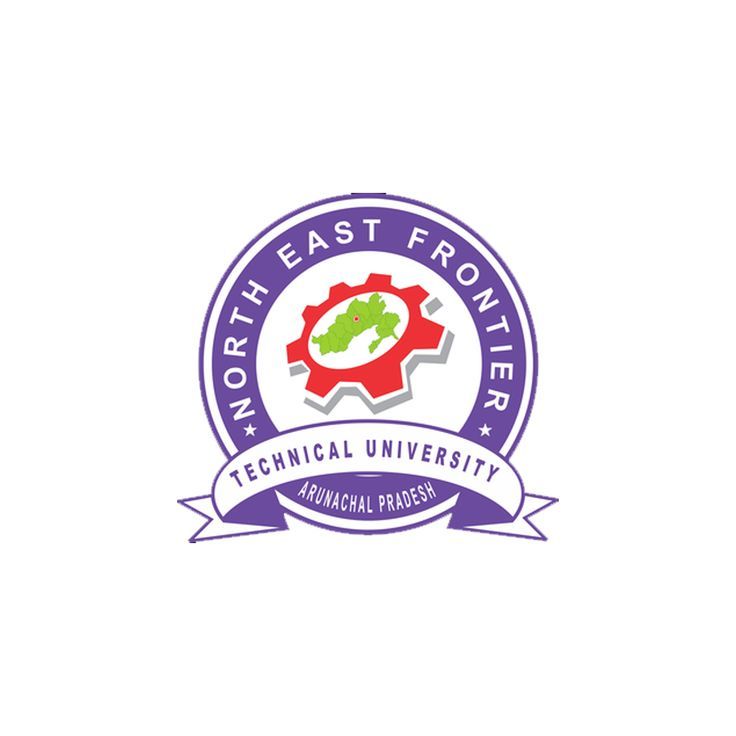Create a Domain, Project, User in HP ALM - Shikshaglobe

Create a Domain, Project, User in HP ALM
HP Application Lifecycle Management (ALM) is a suite of software tools from Hewlett-Packard that helps organizations plan, track and manage the development of software applications. ALM also provides a platform for automated testing and quality assurance. The suite was formerly known as Quality Center.
It includes features for requirements management, test management, defect tracking, and project management. ALM is also integrated with other HP tools such as HP UFT (formerly QuickTest Professional) and HP LoadRunner.
Read More: How to make Journal Entries in Accounting
HP ALM (Application Lifecycle Management) software is a set of tools developed by Hewlett Packard Enterprise to help organizations plan, track, and manage the delivery of software applications. The HP ALM platform provides a centralized repository for all project artifacts, including requirements, test cases, and defects. It also offers robust reporting and analytics capabilities that can help project teams identify risks and track progress.
It helps businesses ensure quality control throughout the software development process. ALM also provides visibility into project progress and risks. It is available in both on-premises and cloud-based versions.
HP ALM (formerly Quality Center) is a software testing tool from Hewlett-Packard. It provides various features like requirements management, test management, defect management, and traceability throughout the software testing process. It also integrates with other HP testing tools like QuickTest Professional and LoadRunner.
You’ll notice the above diagram shows the first step as “Source Documents”. Source documents are things such as receipts, invoices, bank statements, and credit card statements that are collected during the year so that we have all the information we need when the time comes for us to do our accounting/bookkeeping. Obviously, in this tutorial, we won’t be asking you to go out and collect invoices and receipts, so we’ll conveniently “skip” that step for now.
The next step is entering journals. Every time a transaction occurs, it’s recorded using a journal entry.
Everything we do from this point on will be stuff that real accountants and bookkeepers are doing in their offices at this very moment. That means this lesson will be a little more technical than the previous ones. Don’t let that spook you though. You’ll be surprised at how simple it can be! Now would be a good time for us to lay out the steps in the accounting/bookkeeping process:
Imagine having a large stack of receipts and invoices from different shops, suppliers, and customers. All the information you need is there, but it’s useless when it’s all messed up like that! Journal entries help us sort all this into meaningful information.
When we pay expenses that means our expenses have increased. Also, when we pay expenses, our bank account is obviously going to go down.
So, in summary, we need to record a transaction that will increase expenses and decrease the bank.
Referring back to our matrix, we can see that to increase expenses we require a debit movement.
Continue Reading: Release Specifications: Understanding the Management Tab in HP ALM
The Importance of CREATE A DOMAIN, PROJECT, USER IN HP
ALM in Today's World
In a world dominated by digital transformation, the creation
of domains, projects, and users in HP ALM plays a pivotal role in optimizing
software development lifecycles. These fundamental actions lay the groundwork
for effective collaboration, efficient resource allocation, and structured
documentation. By establishing clear project boundaries and roles, HP ALM fosters
transparency, enabling teams to seamlessly coordinate efforts, track progress,
and ensure the delivery of error-free software.
Exploring Different Types of CREATE A DOMAIN, PROJECT,
USER IN HP ALM
HP ALM caters to diverse needs by providing flexibility in
creating various types of domains, projects, and users. Whether it's a
small-scale project or an enterprise-level endeavor, the platform offers
customizable templates and configurations to suit the unique requirements of
each initiative. From software development to quality assurance, from testing
to deployment, HP ALM encompasses the entire spectrum of project management.
Benefits of Pursuing CREATE A DOMAIN, PROJECT, USER IN HP
ALM
Embracing HP ALM brings forth an array of benefits. By
creating a domain, project, and user within the platform, teams can achieve
streamlined collaboration, centralize data storage, and enhance communication.
The modular structure of HP ALM allows for systematic planning, efficient
resource allocation, and seamless tracking of software development stages.
This, in turn, leads to reduced development cycles, minimized errors, and
improved software quality.
How CREATE A DOMAIN, PROJECT, USER IN HP ALM Enhance
Professional Development
Professionals entering the realm of software development and
quality assurance are exposed to industry-standard practices through HP ALM. By
engaging in the creation of domains, projects, and users, individuals gain
hands-on experience in project management, documentation, and collaboration. These
skills not only enhance employability but also contribute to well-rounded
professional development.
The Role of CREATE A DOMAIN, PROJECT, USER IN HP ALM in
Career Advancement
For individuals seeking career advancement in the software development domain, proficiency in HP ALM is a valuable asset. The ability to create domains, projects, and users showcases a thorough understanding of project management principles and industry-specific tools. This proficiency opens doors to roles with higher responsibilities and increased leadership potential.
Learn More: Expanded Accounting Equation with Examples
Choosing the Right Education Course for Your Goals
Aspiring professionals interested in mastering HP ALM can
explore a plethora of education courses tailored to their goals. These courses
provide comprehensive insights into the creation of domains, projects, and
users, along with broader topics in software development lifecycle management.
When selecting a course, it's crucial to consider the curriculum, instructor
expertise, and real-world applicability.
Online vs. Traditional CREATE A DOMAIN, PROJECT, USER IN
HP ALM: Pros and Cons
The choice between online and traditional education for HP
ALM holds significance. Online courses offer flexibility and accessibility,
allowing learners to pace their studies according to their schedules.
Traditional courses, on the other hand, provide in-person interactions and
hands-on experiences. Choosing the right mode of education depends on
individual learning preferences and constraints.
The Future of CREATE A DOMAIN, PROJECT, USER IN HP ALM:
Trends and Innovations
The landscape of software development is constantly
evolving, and so is HP ALM. As technology advances, the creation of domains,
projects, and users will likely incorporate AI-driven automation, enhanced
collaboration features, and seamless integration with emerging technologies.
Staying updated with these trends ensures professionals remain at the forefront
of the industry.
The Impact of CREATE A DOMAIN, PROJECT, USER IN HP ALM on
Student Success
In academic settings, students exposed to HP ALM gain practical
insights into project management, teamwork, and industry best practices. By
creating domains, projects, and users, students experience firsthand the
intricacies of software development, equipping them with skills that transcend
the classroom and contribute to their future success.
Addressing the Challenges of CREATE A DOMAIN, PROJECT,
USER IN HP ALM and Finding Solutions
While HP ALM offers numerous benefits, challenges can arise during the creation of domains, projects, and users. These challenges include technical complexities, user onboarding, and data migration. However, through comprehensive training, robust support systems, and effective troubleshooting, these challenges can be overcome.
Know More: Basic Accounting Transaction with EXAMPLES
Understanding the Pedagogy and Methodology of CREATE A
DOMAIN, PROJECT, USER IN HP ALM
Effective pedagogy and methodology are essential for
imparting HP ALM skills. Hands-on learning, real-world scenarios, and
collaborative projects enhance the learning experience. By actively engaging
with the creation of domains, projects, and users, learners grasp concepts more
profoundly and develop practical proficiency.
The Global Perspective: CREATE A DOMAIN, PROJECT, USER IN
HP ALM Around the World
HP ALM transcends geographical boundaries, shaping software
development practices around the world. Different industries, cultures, and
regions adopt HP ALM to streamline their development lifecycles and ensure
software quality. This global perspective showcases the universality and
relevance of the skills acquired through HP ALM education.
CREATE A DOMAIN, PROJECT, USER IN HP ALM for Lifelong
Learning and Personal Growth
The knowledge and skills gained through HP ALM education
extend beyond professional endeavors. The ability to create domains, projects,
and users fosters logical thinking, problem-solving, and meticulous planning,
which are applicable to various facets of life. This continuous learning
contributes to personal growth and development.
Funding and Scholarships for CREATE A DOMAIN, PROJECT,
USER IN HP ALM
To make HP ALM education accessible to a wider audience,
various funding options and scholarships are available. Organizations,
institutions, and governments recognize the importance of cultivating skilled
professionals in software development. Prospective learners can explore these
avenues to embark on their HP ALM journey.
Case Studies: Success Stories from Education Course
Graduates
Real-world success stories highlight the transformative impact of HP ALM education. Graduates who have mastered the creation of domains, projects, and users within HP ALM share their journeys and experiences. These case studies inspire aspiring professionals, demonstrating the tangible benefits of acquiring HP ALM skills.











